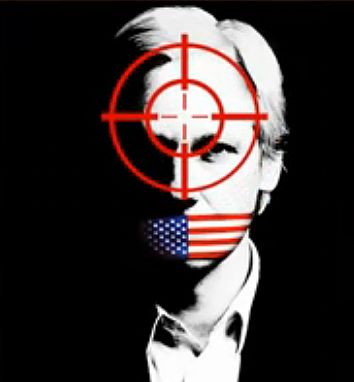Wikileaks Back Online After ‘10Gbps DDoS’

Thanks to help from CloudFlare, Wikileaks recovers from a DDoS attack
The Wikileaks website is back online, following an outage that lasted over a week, which a group called AntiLeaks claimed to have caused through an attack.
The site claimed it was offline due to a massive, 10Gbps+ distributed denial of service (DDoS) attack, which took down its main portal, wikileaks.org, and many of its mirror sites spread around the world, such as wikileaks.de in Germany.
An organisation going by the name of @AntiLeaks on Twitter claimed to be behind the DDoS. “Wikileaks survives through donations that pay for their cyber terrorism and Assange’s legal defense. We will continue to enforce a blockade on Wikileaks and it’s [sic] supporters whom attempt to raise donations on it’s [sic] behalf,” the account holder tweeted.
Hacktivist group Anonymous subsequently vowed to avenge the attack on Wikileaks.
 Back from the dead
Back from the dead
Wikileaks came back online yesterday, largely thanks to additional help from content delivery network Cloudflare. “WikiLeaks is back open after installing substantial extra capacity and additional help from @cloudflare caching wikileaks.org,” a tweet from Julian Assange’s organisation read.
CloudFlare, which once provided services for the website of hacktivist group LulzSec, told TechWeekEurope last month that it had to remain open to helping all websites, no matter how controversial or morally dubious they were.
“Is that all your’ve [sic] got? Keep attacking, our skin just gets harder. DDoS proof, financially & geographically diverse. We’re ready to rumble,” Wikileaks tweeted later.
However, Wikileaks warned access might be “troublesome” as worldwide DNS updates were ongoing. It also urged people to donate “before the next attack”.
The body is now focusing its efforts on releasing information related to surveillance networks. A number of emails released this week, purportedly from geopolitical analysis company Stratfor, appeared to implicate Downing Street and the Metropolitan Police Service in the use of a surveillance system known as TrapWire.
The emails contained claims that Number 10 and Scotland Yard are customers of Abraxas, the owner of the TrapWire surveillance service, which brings together data from CCTV cameras, license plate readers and open source databases. It is believed to use facial recognition technology and is designed to catch terrorists in their reconnaissance phases.
A Downing Street spokeswoman told TechWeekEurope it was not willing to confirm or deny use of TrapWire. However, the Met said it had “no knowledge of any contract or discussion re the product”.
Julian Assange himself is currently holed up in the Ecuador embassy in London, waiting to hear this week whether he will be granted asylum in that country, after he lost his final appeal against extradition from the UK to Sweden, where he is wanted for questioning over claims he raped a woman and sexually molested and coerced another in Stockholm in August 2010.
Are you a security guru? Try our quiz!
